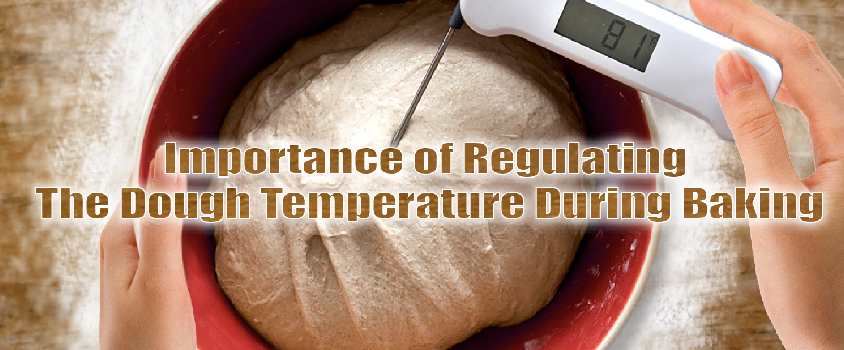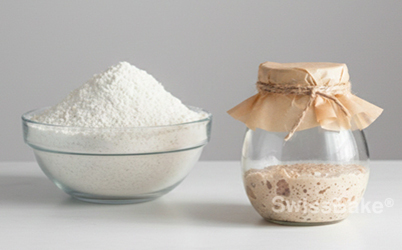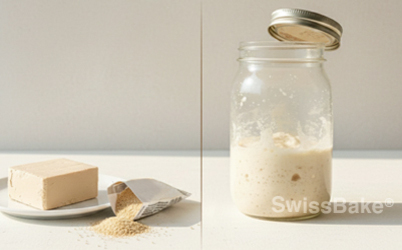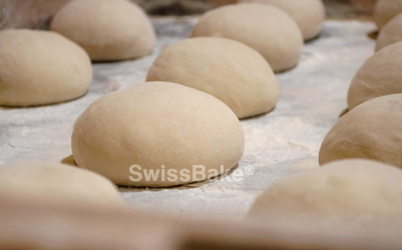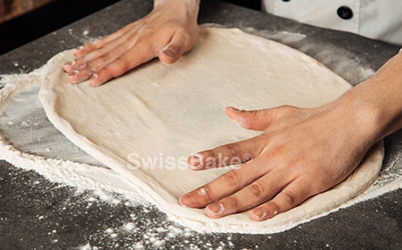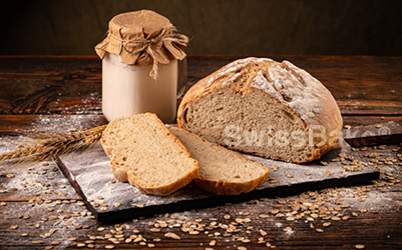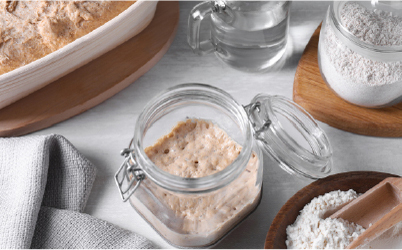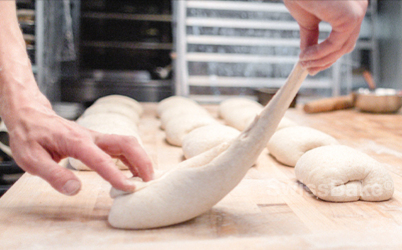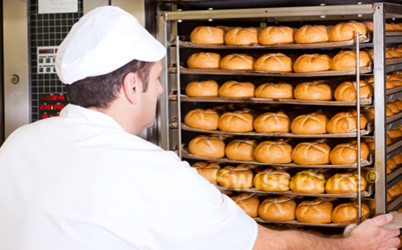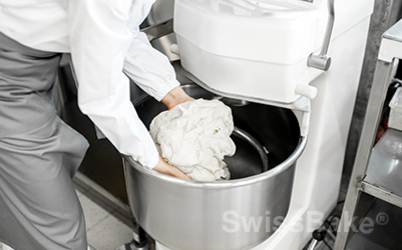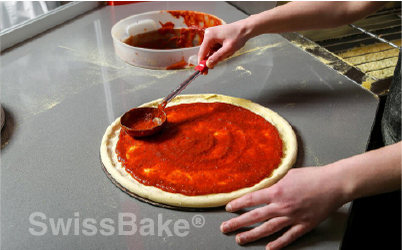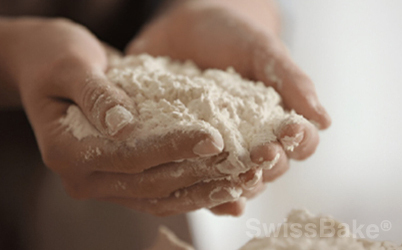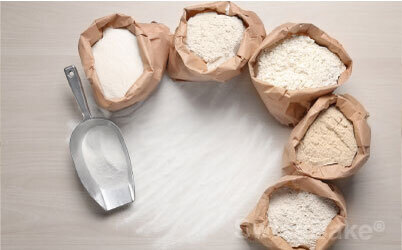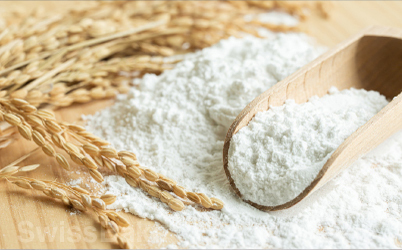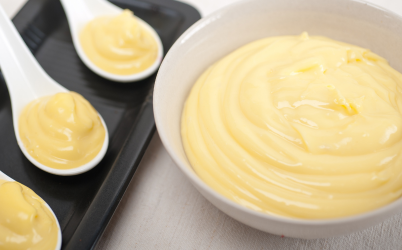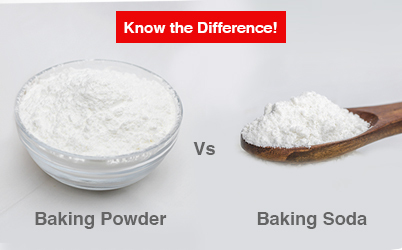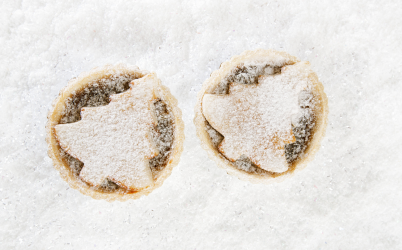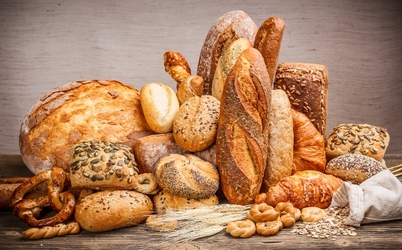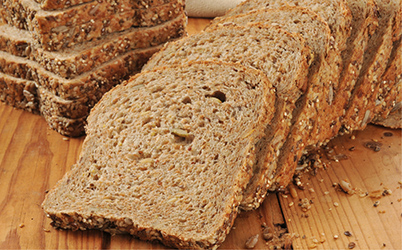Importance Of Regulating The Dough Temperature During Baking
Importance Of Dough Temperature
Baking is a highly scientific process and any minor deviations from standard parameters during baking could lead to significant changes in the final baked product. One such important parameter that affects the quality of the baked bread is the temperature at which the dough is maintained during fermentation.
Here are some of the key aspects impacted by dough temperature:
- Consistency in fermentation
- Bread flavour
- Predictability in the overall production schedule
Impact of Change in Dough Temperature
Most of the bakers who do not have a controlled external temperature in their bakery kitchen often face difficulty in maintaining the correct dough temperature, especially during summers. The result is highly inconsistent baked product and its impact on production yields & schedules, ultimately affecting profitability.
If your dough is too warm, then the process of fermentation will accelerate resulting in the enzymes not getting sufficient time to break down the starch in the flour. This will have an impact on the end taste of your bread and its crumb structure.
On the other hand, if the dough is too cold, then the activity of yeast slows down leading to increasing the bulk fermentation time. A process that usually takes about 1.5 hours to complete (depending on the type of bread), can even take up to 4 hours ultimately affecting your bakery schedule and leading to a reduction in overall productivity. Therefore, getting and maintaining the right dough temperature is very important.
Getting the Right Dough Temperature
Ensuring that you have the right dough temperature is critically required, irrespective of the weather conditions is not at all a complicated task and does not require you have expensive air conditioning. You just need to know how to use crushed ice to regulate the dough temperature in the right way.
Controlling Dough Temperature Using Ice
The use of crushed ice to regulate dough temperature is a time-honoured practice and is very useful for bakers who do not have water-jacketed or refrigerated mixer bowls. This method is especially appreciated in the summer, when available water supplies may not be as cool as desired.
The Formula, which is commonly used for metric weights and measures in bakery, is as follows
|
Weight of the Ice = |
Weight of H2O (kg) x (temp. tap H2O in 0C - required H2O temp in 0C) Tap H2O in 0C + 800C |
|---|
Procedure
-
Subtract the required water temperature from the temperature of the available tap water. This determines the number of degrees each Kg of water must be cooled.
-
Multiply the number of degrees each Kg of water must be cooled by the total weight of water used in the recipe
- Divide the total degree the water must be cooled by the temperature of the tap water plus 80° C which will give the Kg of ice and water required.
Example: If 40 Kg of water is required for a given mix and the temperature of the tap water is 20° C, while the required water temperature is 10° C, the weight of ice and of water required would be 4 kg and 36 kg respectively. Using this formula.
|
Weight of the Ice = |
40kg x (200C - 100C) 200C + 800C |
|---|
= 4 kg.
And Weight of Water = 40 kg - 4 kg = 36 kg
This is how you can easily achieve the perfect temperature for your dough using crushed ice and this formula.
We hope the information in this blog has been valuable to you. Do share your comments, queries or concerns regarding this blog with us.
Have a topic in mind you want us to write on? We are open to hearing from you. Kindly write to us on support@swissbake.ch Thank You for reading.

